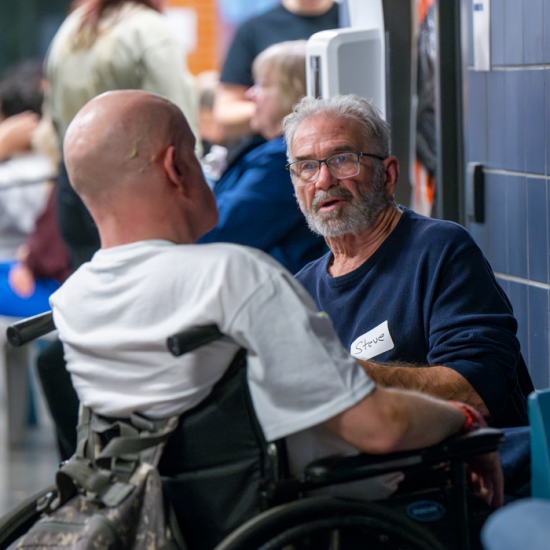
Turning data into action: What’s next for the Minnesota Homelessness Study?
Have you ever taken a survey? In this electronic day and age, I’m betting that’s a “yes, definitely.”
Have you ever wondered what happens to your answers? Where does that information go? Why can it take such a long time to see the results? As researchers, we hear these questions often, especially on a big project like the Minnesota Homeless Study.
On October 26, 2023, Wilder Research staff, along with the support of many partners—shelter providers, tribal nations, public and private funders, and volunteer interviewers—conducted in-depth interviews with people experiencing homelessness across the state. These interviews are a major component of the Minnesota Homeless Study, conducted by Wilder every three years. (To be precise, it has actually been 5 years since the previous study, because of delays caused by the COVID-19 pandemic.)
In 2018, interviewers conducted over 5,500 interviews with adults and unaccompanied youth experiencing homelessness across Minnesota and on American Indian reservations.
Since the goal of the study is to equip policymakers, advocates, service providers, and the public with information to improve programs and policies, the interview has 32 pages of questions. Some questions are unique to specific groups, like Veterans, parents, and youth on their own; this all results in over 2 million data points!
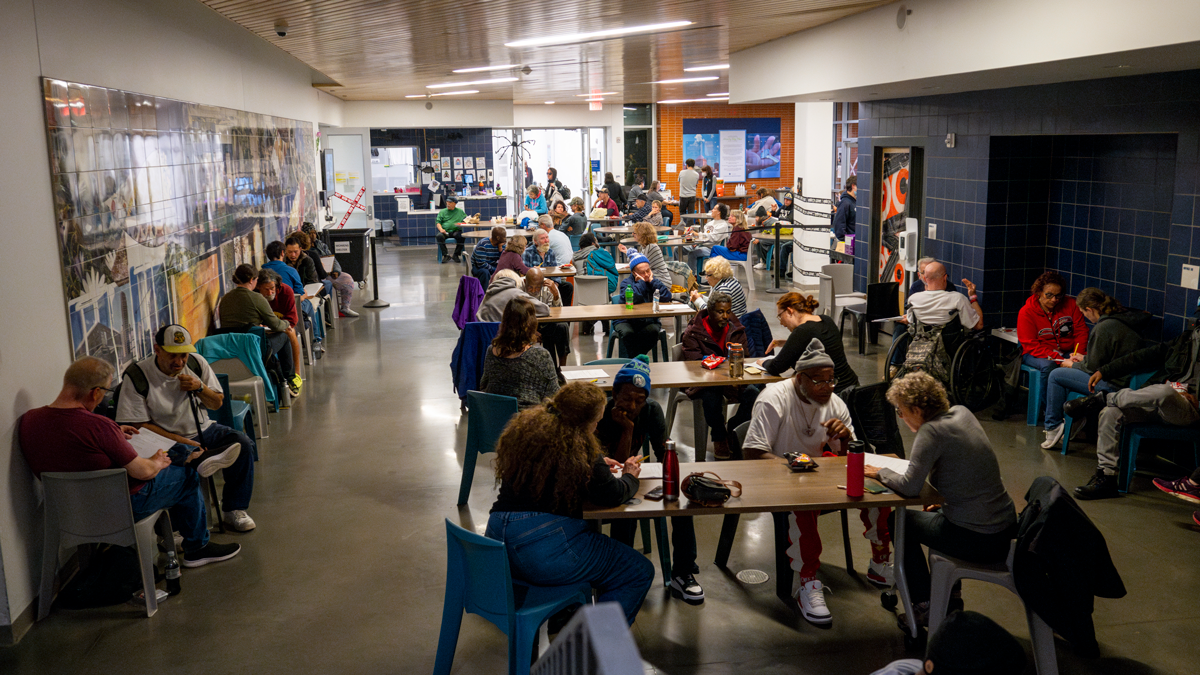
So, how do we turn all of those data points into information we can use to eliminate homelessness?
Receive completed interviews and work with partner organizations to get a count of all people staying in shelter.
Before the study, Wilder sends thousands of blank interview forms across the state, and to participating American Indian reservations, so that our program partners can interview as many people experiencing homelessness as possible. After October 26, our partners send those completed interviews back to our office. During this time, Wilder also partners with the Institute for Community Alliances, as well as some individual shelter programs, to gather information about the total number of people who stayed in shelters on October 26.
What is the Minnesota Homeless Study?
Wilder Research conducts the Minnesota Homeless Study, along with a companion study of homelessness on American Indian reservations, every three years. The study has two main data collection activities:
- Face-to-face interview with people experiencing homelessness. You may be more familiar with this part of the study, since it involves over 1,000 volunteers doing in-depth interviews with people experiencing homelessness across the state. Interviews typically last 30-45 minutes and respondents get $10 as a thank you for their time. Most interviews take place on the third Thursday in October.
- Counts. This part of the study involves working with Institute for Community Alliances and some shelter programs to get a count of all adults, youth, and children staying in shelter settings on the night of the study, including both those who completed interviews and those who did not. Our team uses the shelter counts to conduct statistical analysis and to “weight” adult interview data.
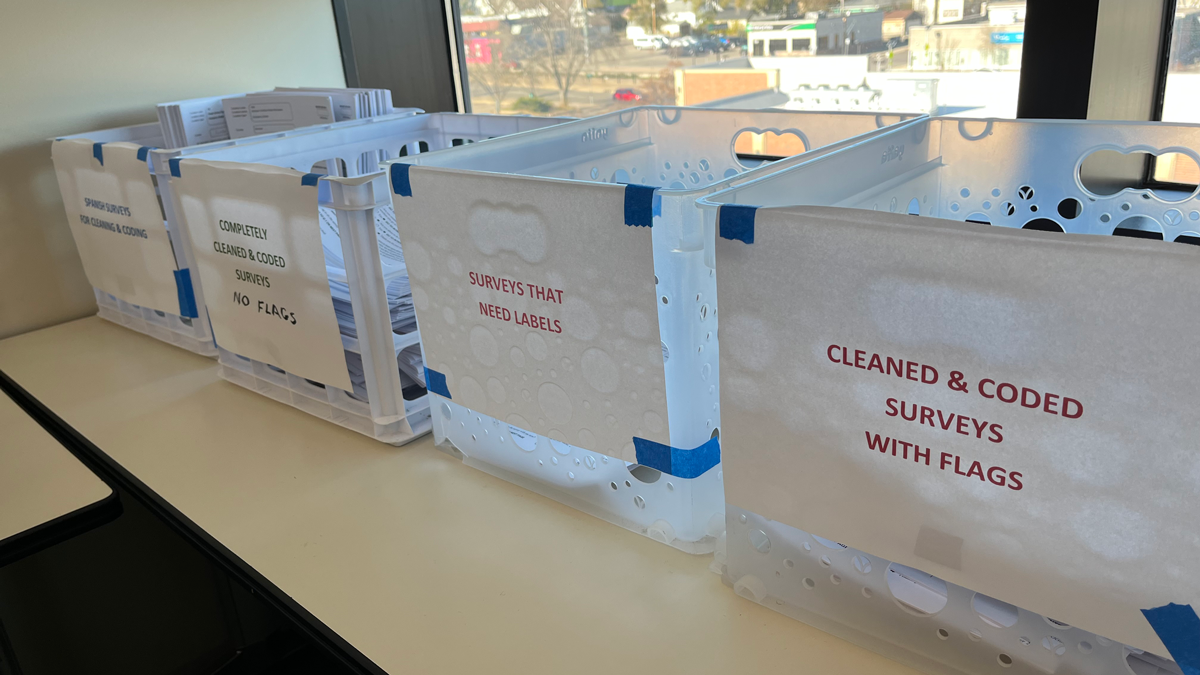
Clean, code, and digitize the interviews.
Most interviews are done on paper, so Wilder staff look page-by-page through all 5,500+ interviews to check for duplicate forms (i.e., someone may have done the interview more than once), find discrepancies in the data, read the open-ended questions, and assign codes for questions that don’t have preset response categories and need a written response. For example, responses from an open-ended question in the youth section—Who is an adult in your life you trust and can talk with about your problems—get grouped into categories like “partner,” “friend,” “family,” or “youth worker.” Finally, we send the forms to be scanned and turned into a digital dataset. Having the raw data available electronically means that our staff do additional data cleaning and can analyze the information more quickly and easily.
Analyze the data.
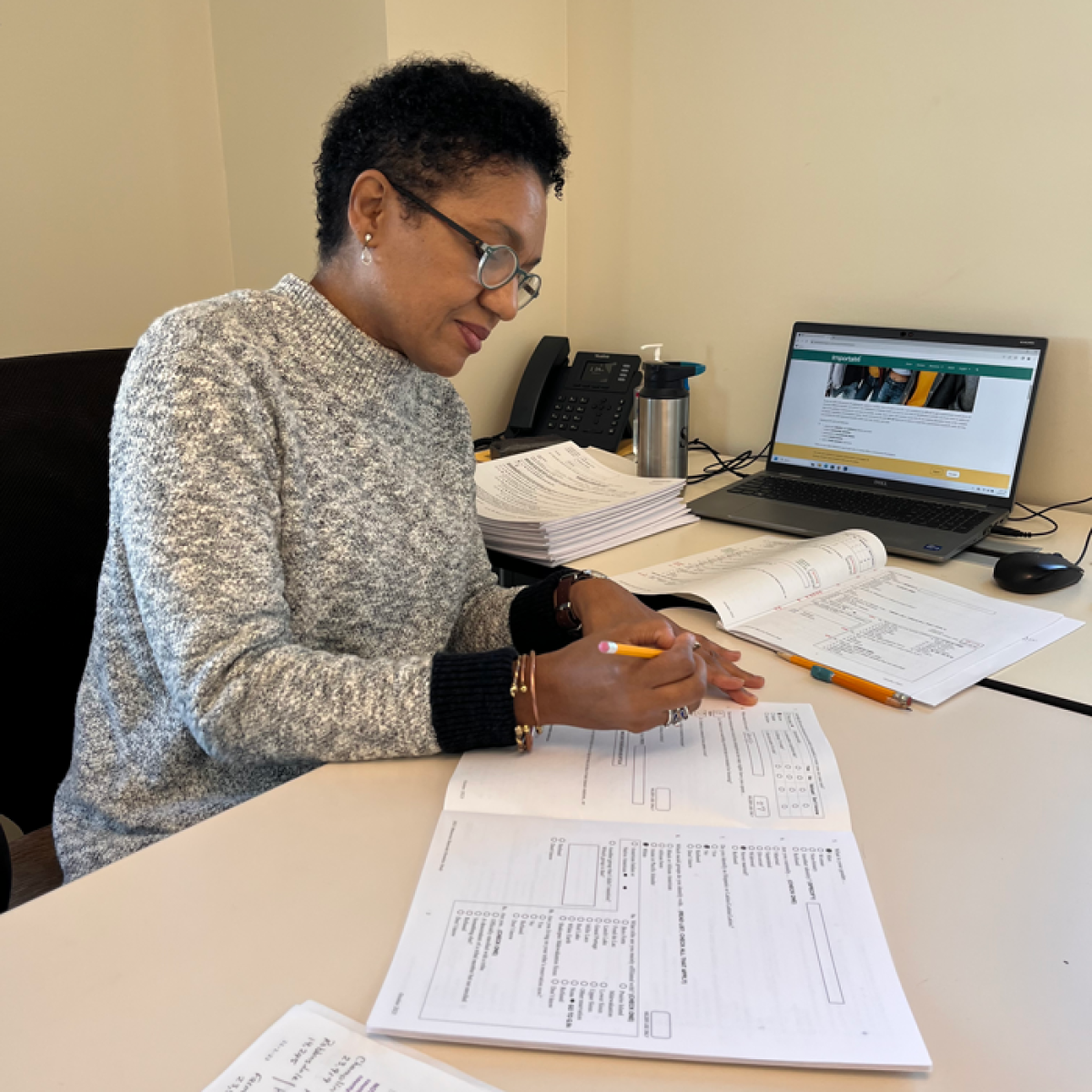
A large part of our analysis is generating frequencies, meaning that we calculate how many people selected each response on every question in the interview (e.g., 47% of people said yes, 53% of people said no). We also do a lot of cross-tabulation, looking at the relationship between questions (e.g., age, race, ethnicity, and region). This work results in a publicly available set of data tables and gives us a good picture of how different groups of people experience homelessness.
Since it is not possible to interview every person staying in shelter in Minnesota, our analysis team uses the shelter counts to weight the interviews. Weighting is a statistical process that helps us correct differences between the interview findings and the overall population of people experiencing homelessness in Minnesota. It ensures that our results are representative of the broader population of sheltered adults (we are unable to weight non-shelter or youth interviews).
Review, interpret, and discuss the data (repeat).
After all of the data have been analyzed, our team looks through the complete dataset to review and interpret findings. This iterative process can take several weeks as we consult with our tribal, state agency, and housing partners. Working together to understand and contextualize the data is a critical step as we prepare to share results.
Write up and share the findings.
Our team writes and shares many reports based on Homeless Study data with the goal of informing policy, programs, and services.
- The first information published is a set of counts summaries, showing the number of people who were experiencing homelessness on one day in October. These summaries account for nearly 20 different regions of Minnesota, including the whole state, and are published about five months after the interviews are finished.
- Interview data is first published in a fact sheet that illustrates high-level findings, as well as trends over the course of the 30-year study.
- Then comes the set of data tables (mentioned above).
- After the data tables are released, we write many other reports over the course of the year, including specialized reports about homelessness in Hennepin and Ramsey counties, and homelessness among Veterans, the LGBTQ+ community, and adults 55 and older.
- We also write individual reservation reports, which are owned by the tribes (and not public) to honor their sovereignty and the rights of each tribe to determine how their study results will be used.
- Finally, we write two comprehensive reports about homelessness in Minnesota and on American Indian reservations.
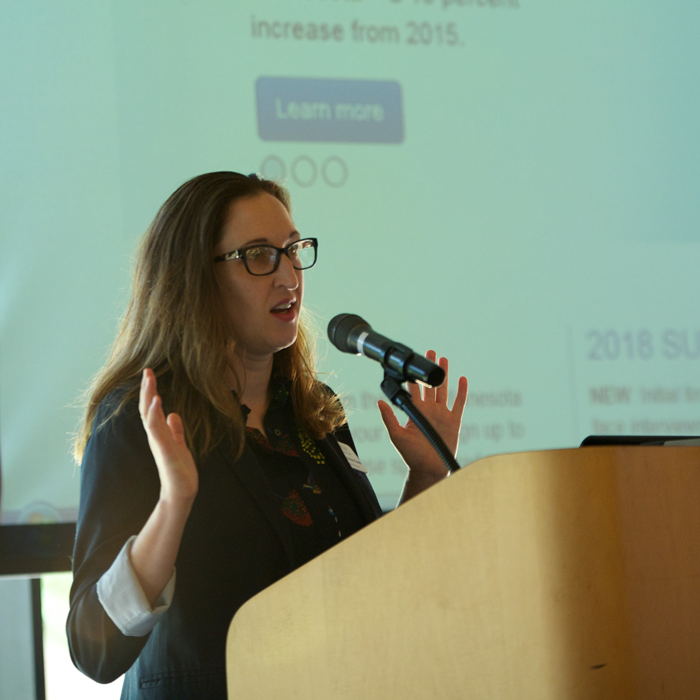
Wilder shares findings with a wide array of audiences during the months and years between studies. This includes distributing counts summaries at Minnesota Coalition for the Homeless Day on the Hill; conducting workshops on how to use data to inform policy, programs, and services (also called “data parties”); responding to data requests; and giving presentations.
Because the Minnesota Homeless Study was delayed for two years, due to the COVID-19 pandemic, the findings from this study are more important than ever.
Having a current, detailed picture of homelessness in our state is critical to improving housing systems and policies. As always, we could not do it without a tremendous team of staff and partners who do this work together. And none of this would be possible without the amazing response from people experiencing homelessness who share their stories with us.
Learn more about the Minnesota Homeless Study
Sign up to receive updates as Minnesota Homeless Study results are released